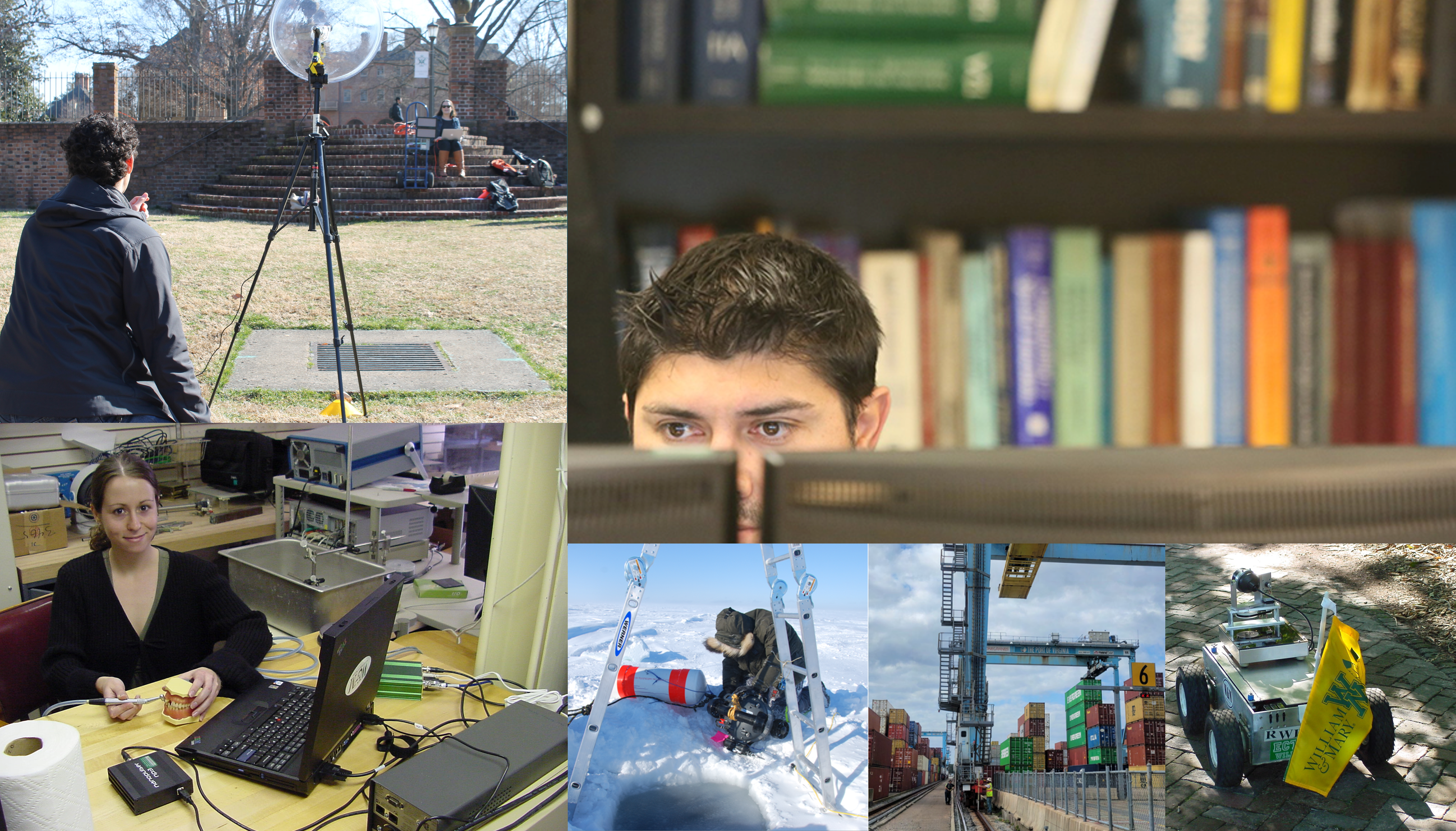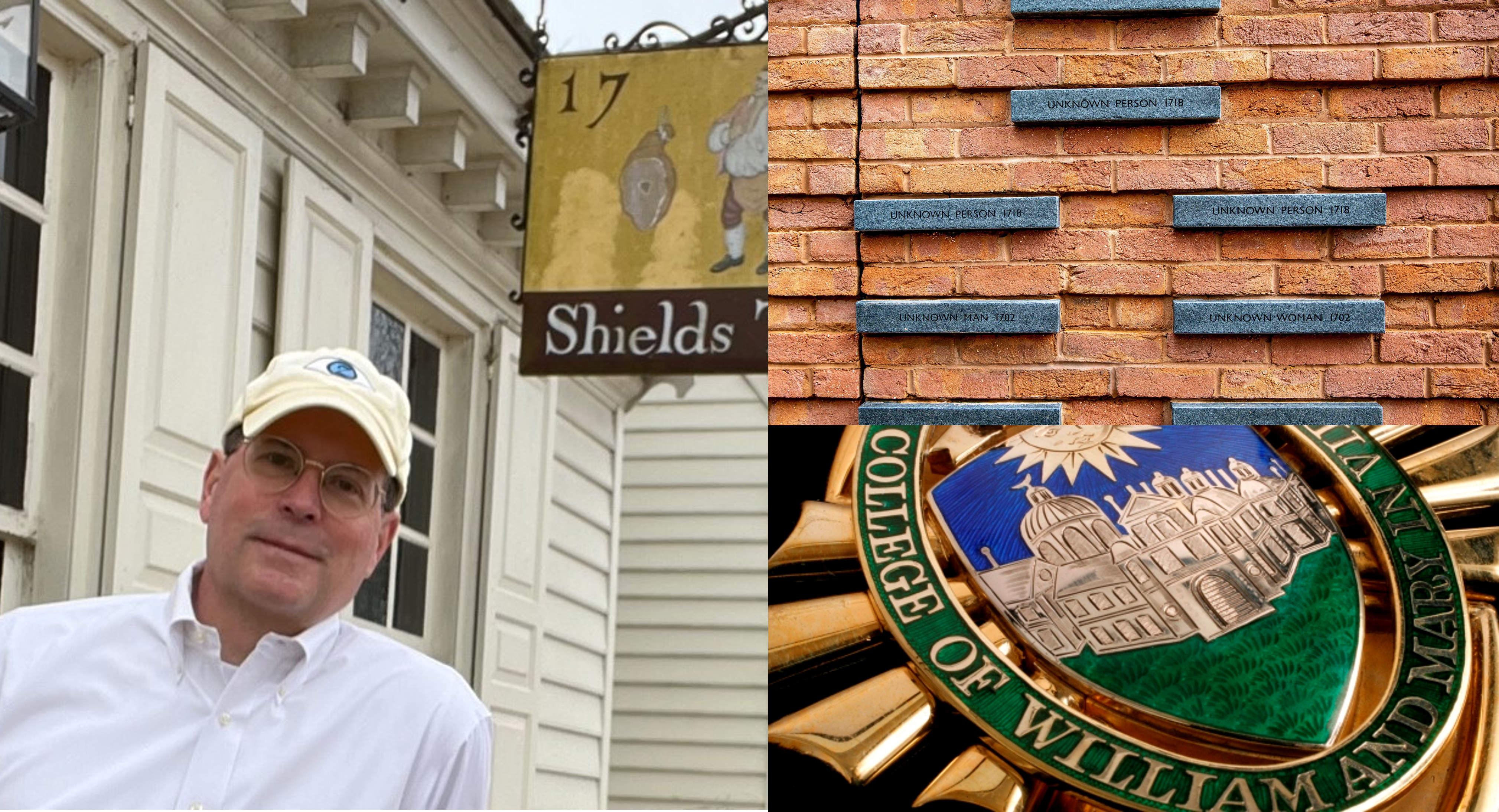Nondestructive Evaluation Lab
Department of Applied Science



Nondestructive Evaluation (NDE) is an interdisciplinary field of study that is concerned with the development of analysis techniques and measurement technologies for the quantitative characterization of materials, tissues and structures by non-invasive means. Ultrasonic, radiographic, thermographic, electromagnetic, and optical methods are employed to probe interior microstructure and characterize subsurface features. Applications are in non-invasive medical diagnosis, ectogenous robotics and on-line process control, as well as the traditional NDE areas of structural flaw detection and materials characterization. Forward genealogy and machine learning on heterogeneous text streams are of particular interest just now.
NDE research focuses on questions such as:
How do fabrication, growth, and/or processing contribute to the microstructural character of a particular material or tissue, and, in turn, how do a material's micro-structural properties affect overall thermal, mechanical, electrical, and optical behavior?
What measurement technologies can be employed to make quantitative assessments of micro- and macro-structural properties, and what analysis techniques can be used to fully understand and automatically interpret novel measurements of the interaction of probing mechanical, electrical, thermal or optical radiation with materials and tissues?

Students with undergraduate backgrounds in physics, applied mathematics and engineering are usually prepared for graduate study in NDE. There is no rigidly defined set of prerequisites, however.
Specialized NDE graduate courses in the Applied Science Dept. at W&M include: Quantitative NDE I & II, Acoustic and EM Scattering. All NDE students get experience with high-performance computing and advanced machine learning methods. Applied mathematics and signal processing are key to what we do. There are more and more Data Science graduate opportunities in Applied Science these days.
Each student’s research typically includes applications to several seemingly quite different areas, in order to gain meaningful experience in multiple industries. Our graduates have gone on to work in a wide variety of jobs, and many of our research projects are done in close collaboration with our former students. Prospective students are encouraged to contact Professor Mark Hinders directly via email with any questions about the graduate program in NDE. Youtube videos of Prof. Hinders are here. These videos and the other links are intended for prospective graduate students who want to get a sense for who we are, what we do, and where we do our work.
The W&M NDE Lab is in the expanding Integrated Science Center in the heart of campus. Other facilities are shared with local partners, with whom we have active collaborations to further develop and then commercialize our innovations, often taking prototypes out into the field. We are located directly adjacent to Colonial Williamsburg.
The W&M NDE Group has always had a close working relationship with NASA LaRC, which allows students to be resident at NASA Langley for substantial portions of their research. As the NASA focal point for materials and structures, work at LaRC combines basic research with novel aerospace technology development and transfer. We also work closely with the Entrepreneurship Center in our Mason School of Business, partnering up PhD and MBA students to assess commercial prospects for technologies students develop in their research.
Chartered in 1693 by the King and Queen of England, William and Mary is the second oldest institution of higher learning in the United States and the oldest modern university. Applied Science is an inter-disciplinary graduate department which offers both M.S. and Ph.D. degrees in the physical, biological and computational sciences. In addition to the core faculty of the Department of Applied Science, faculty from the departments of Biology, Chemistry, Computer Science, Math, and Physics as well as from NASA's Langley Research Center, DoE's Jefferson Lab, VIMS and local industries, participate under various levels of affiliation. Students can take full advantage of these resources in crafting an individualized program of study.
